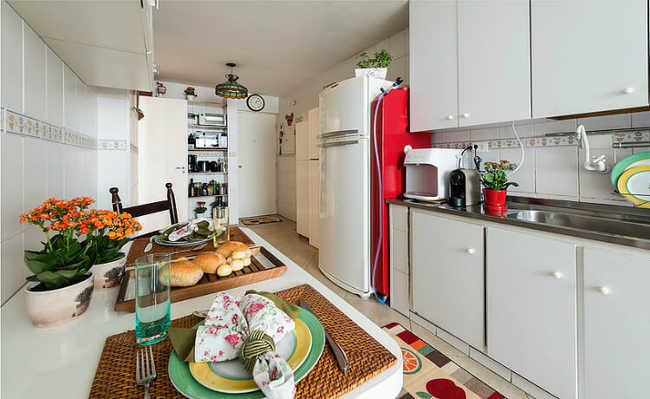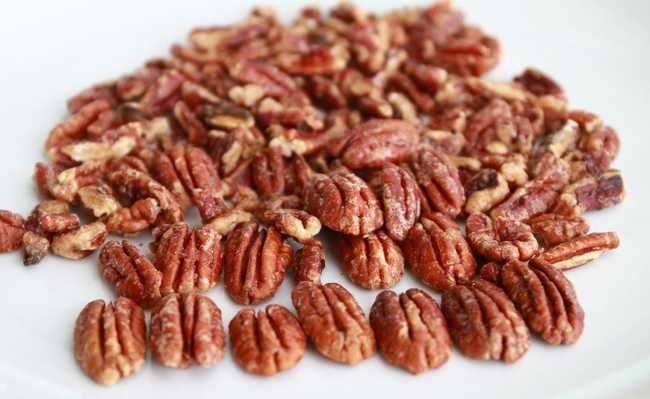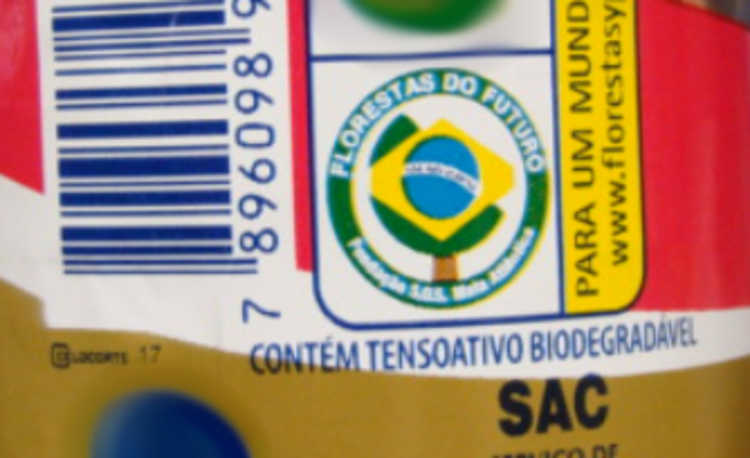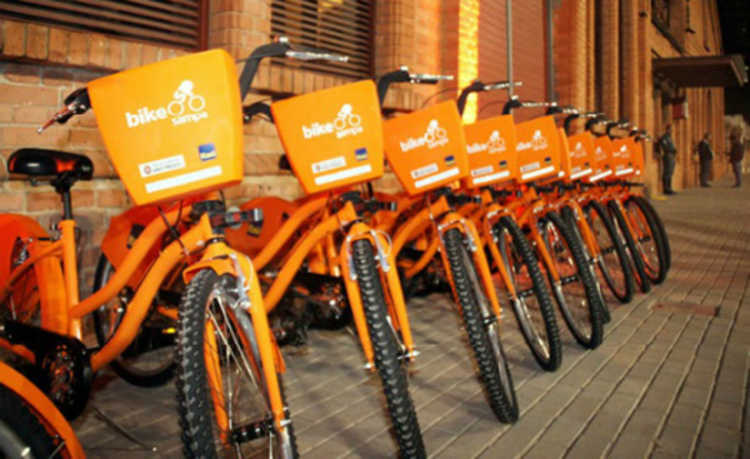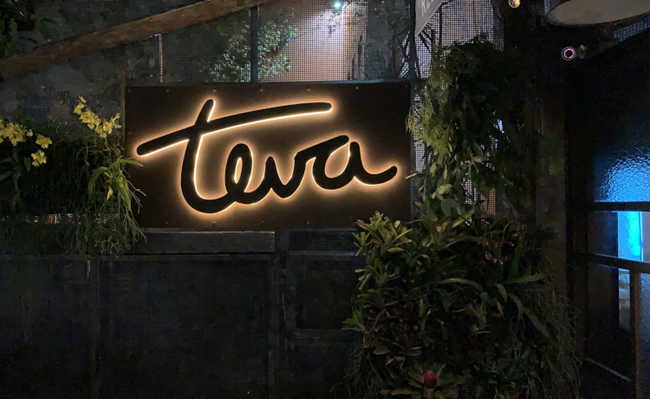Glass sheet inspired by the operation of spider webs prevents bird collisions
Glass looks transparent to humans, but is visible to birds as they can perceive a wider UV spectrum than ours.

In order to reduce bird collisions on the windows of buildings, a company based in Germany, Arnold Glas, developed a different glass plate. Called Ornilux, the sheet uses a reflective ultraviolet (UV) light coating, which appears transparent to humans but is clearly visible to birds.
This is because these animals are able to perceive a broader UV spectrum than humans. It is possible to get an idea of this difference from some images. The projection below is a bird's view of the new glass plate model. The top one is the vision of a human being on the same material.

The company decided to create this new glass plate from the contact it had with research into the death of birds. In Europe, 250,000 birds die every day from collisions with glass. In the US, that number is estimated to be in the hundreds of millions. Therefore, the window is one of the biggest threats to bird life in an urban environment. This is because birds do not perceive the existence of glass or confuse the reflection with reality.
Ornilux has been tested in cooperation with the American Bird Conservancy and has been shown, according to its producers, to be an effective solution for reducing bird-glass collisions in buildings, especially in areas where transparency is a top priority. Although not a 100% effective solution, most birds responded well to the tests - about 66% of birds "saw" the glass.
The company's idea to create this glass plate came from biomimetics, which is the science that draws inspiration from nature to solve humanity's current problems. And, in this case, the living beings that served as the basis for the project were some species of spider, from the way they incorporate UV reflective silk threads in their webs. With this, they can attract and distract insects or alert larger animals, including birds, to move away.
Ornilux was first introduced in Europe in 2006 and has been available in North America since 2010. There is still no forecast for the arrival of the product in Brazil.
Check out the video (in German with English subtitles) below for more information:
Image: Ask Nature


